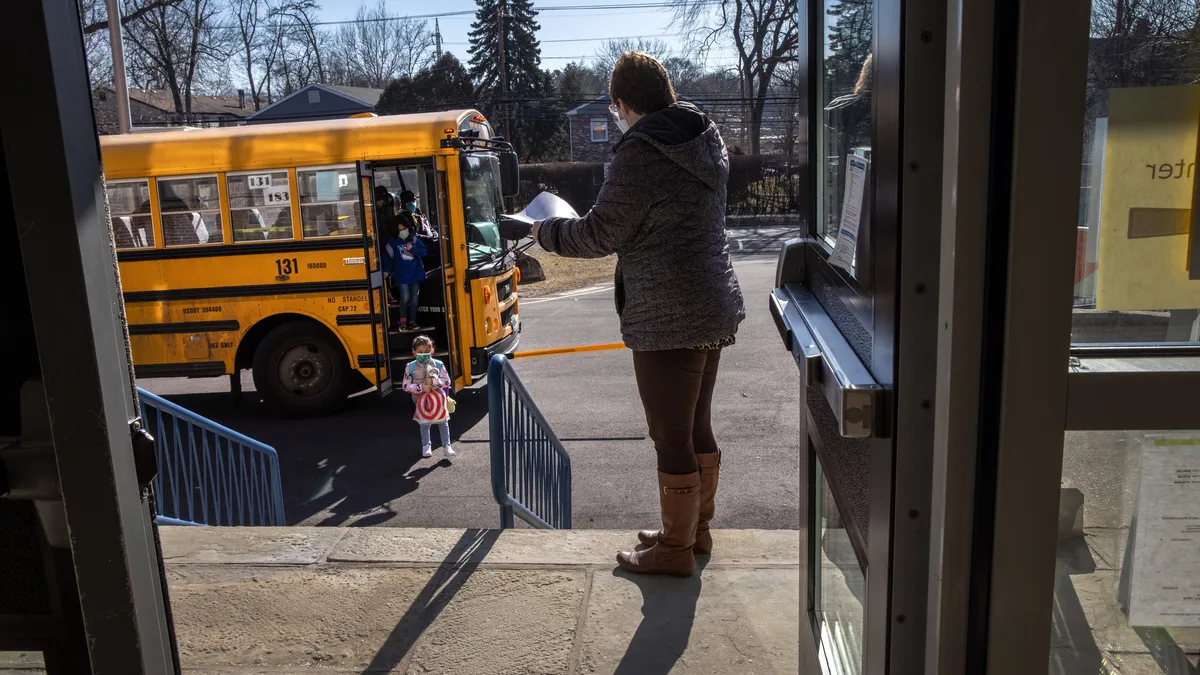Dive Brief:
-
As schools look to use tiered supports to address students’ academic, behavioral and social needs, they will need to put a balanced priority on both emotional and instructional interventions, said panelists during the Office of Special Education Programs’ Leadership and Project Directors’ Conference, held virtually Monday.
-
Schools may want to put more emphasis on student emotional well-being right now, but maintaining academic routines and expectations can reduce stress and uncertainty for students, said panelist Jennifer Freeman, associate professor in the Department of Educational Psychology at the University of Connecticut.
-
By having an organized and thoughtful multi-tiered systems of support (MTSS) approach during this year of pandemic recovery, schools can better maximize the effectiveness of interventions to help students, staff and families begin the crisis recovery process, the panelists said.
Dive Insight:
“We've seen schools have a tendency to go to one extreme or the other to support student wellness needs in recovery but avoid academic pressure or the other side, focusing on accelerating academic learning but ignoring student wellness,” Freeman said. “We'd like to advocate for a middle ground.”
Having a middle ground, however, does not mean schools need to implement a full-scale MTSS framework right away, especially if they’ve never done so before. For example, if a school is just starting a tiered approach, it may be helpful to review data to determine what type of supports would have the greatest impact, such as safe classroom practices or staff wellness exercises.
In an MTSS framework, interventions begin with tier I for all students and then increase with intensity in tiers II and III based on individual students’ needs. During this year of recovery, “the goal is to intensify tier I without breaking the system or the people,” Freeman said.
And if a school has never used a tiered approach before, staff can consider strengthening and expanding existing practices that create a positive, predictable and safe learning environment, Freeman said.
Panelist Kathleen Lane, associate vice chancellor for research at the University of Kansas, said schools can use screening tools and other data points to determine the best areas to focus on for whole school and individual student interventions.
Administrators should also be aware of the importance of including students with significant cognitive disabilities in schoolwide MTSS models. Additionally, if a student requires tier III supports, that student should also have access to tier I and II approaches, said Gail Ghere, a research associate at the TIES Center.
There are concerns that as students return to schools after months of remote learning, some students with disabilities may have interfering behaviors that may cause them to be inappropriately placed in more restrictive settings. MTSS, in fact, fits well with the special education structure in that it can promote inclusion and students’ access to instruction and interventions, said Ghere, who added that research shows positive impacts for students with extensive needs who are included in schoolwide supports.






 Dive Awards
Dive Awards







